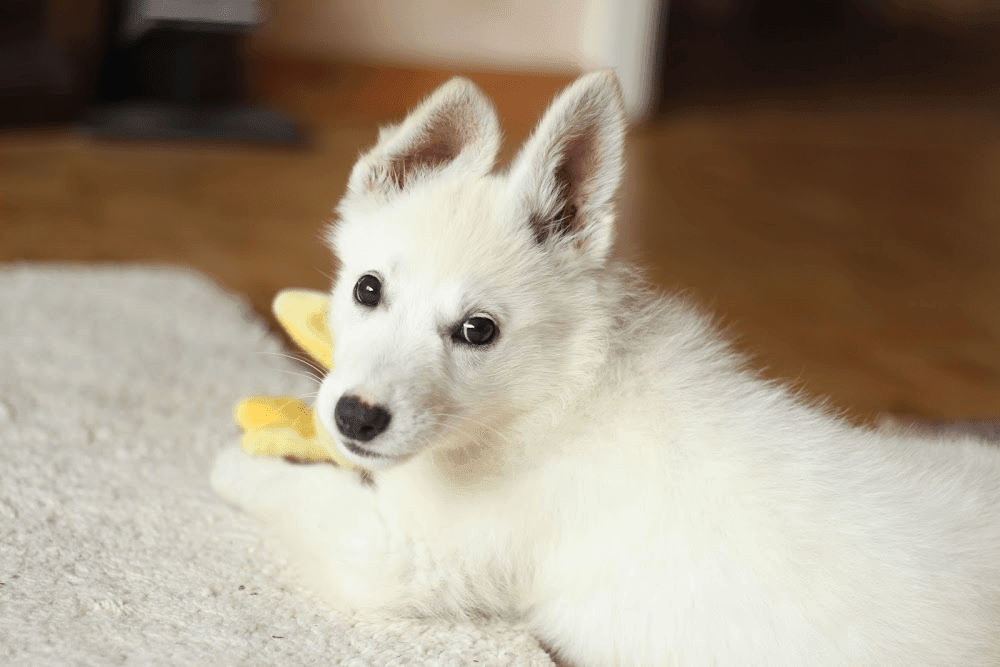PAWSITIVE CONNECTION
NEW PUPPY - HOME ALONE
NEW PUPPY - HOME ALONE
If you have a new puppy, not only have they been taken away from their littermates, but they are also in an unfamiliar environment which can be quite stressful. A common cause of separation distress as an adult, is not being used to spending time alone as a puppy. If you start teaching your puppy to be happy home alone in small steps, it can help to set them up for success as an adult.
A Safe Place and Relaxation
The first step in training your puppy to be calm and relaxed when you leave them alone is to ensure they can relax at home when you are there with them. This can be done by firstly providing a safe place for them.
We recommend:
A play pen, or;
A sectioned off part of a room (using baby gates or an exercise pen), and/or;
A crate (usually as part of the sectioned off area).
This area should contain all your puppy needs – comfy bed/crate, water, play toys, chew toys, food enrichment toys. Exercise pens and sectioned off areas can contain an area for toileting too.
Calming music can be used too such as iCalmPet or Pet Acoustics.
Introduce this area as a fun and positive place to be. Feed your puppy in this area, play games and give interesting food toys. Spend time introducing the area and never use it as a punishment.
In the early stages, your puppy should be able to still see you when they are in their area, so we recommend it being in a common area of the house.
Starting Out - Distance
You can then teach your dog or puppy to cope with very small absences – even just 1-2 steps away from them is enough for some puppies.
Make sure your puppy has a food toy or chew to keep them occupied, and is nice and relaxed.
Gradually increase the distance you move away from them, provided they are still relaxed. You should only move out of sight of your puppy if they remain relaxed and/or engaged with their chew or toy, and only for seconds at a time.
Starting out - Duration
The next part to work on is the time you are away from your puppy. This should also be done gradually, but not at the same time as the distance work! Think seconds rather than minutes at this early stage.
Giving long lasting chews or interesting filled food toys/puzzles can help to keep your puppy occupied.
Prevention Games
These games are simple things you can do with your puppy to help them cope with being alone and prevent them from developing separation-related behaviours.
1. Micro absences. Make a list of household chores/activities (going to the toilet, hanging out the washing etc). Give your puppy a scatter of treats as you go to do each of these things. Keep it really short to start with.
2. Tie out toys – place a toy that is tied to your puppy’s pen or area such as a filled Kong toy, and allow them to discover the toy on their own, away from you. They will have to stay in that area while they eat the toy.
3. Eat away game – gradually move your puppy’s meals further away from you
Monitoring
Once you have built up to being out of sight from your puppy, you can check how they are travelling with dog monitoring programs, apps and just by recording using your iPad or phone.
If your puppy is distressed, return immediately and go back to shorter and closer absences.
You will be surprised how doing these simple exercises can help set your puppy up for success later in life and help them to be relaxed when left alone.
There are more steps to take after these initial exercises, but this will give you a good start.
Putting all this together can be a bit daunting, so please contact us to help you formulate a plan specific to your puppy.


